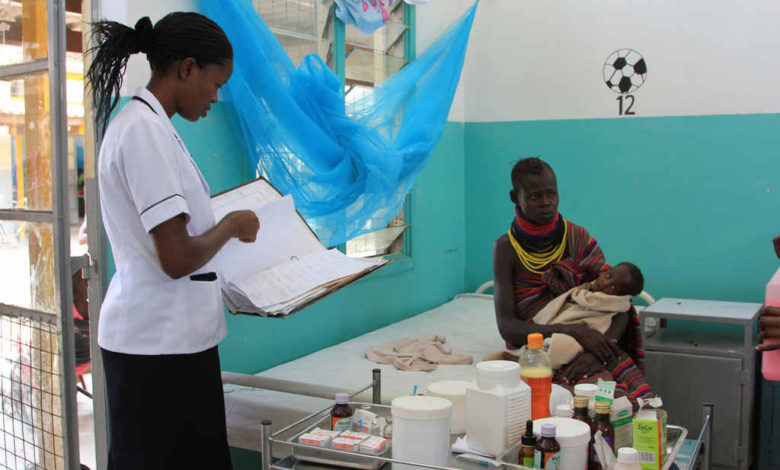KDHS in Health – Information Sources

There is a new chapter on RoGGKenya, on Health. It is to provide Kenyan and other journalists with necessary information that they may need to file well-researched, evidence-based articles on good governance in the health sector that are supported by data.
The documents which are provided in PDF for ease of downloading and the links to different websites enable the journalists to hold the government and government officials accountable by comparing what is promised, budgeted for and what is delivered.
These resources include: Kenyan laws, reports by different departments within the Ministry of Health and NGOs, policies and surveys conducted in Kenya.
Today, we are launching this new chapter with the start of a series on sources about health. As they appear, the items are added to the new page on Health information sources in our tool box.
Kenya Demographic and Health Survey (KDHS)
The 2014 Kenya Demographic and Health Survey (KDHS) is an important tool that provides journalists with basic data for monitoring the population and health situation in Kenya. In many cases you can also see how different the health situation is in the 47 counties.
The survey is conducted every five years by the Kenya National Bureau of Statistics. The last was done from May 2014 to October 2014. It is the sixth Demographic and Health Survey since 1989. These are some of its basic findings:
(a)Results from the 2014 KDHS show a continued decline in the total fertility rate (TFR). Fertility decreased from 4.9 births per woman in 2003 to 4.6 in 2008-09 and further to 3.9 in 2014, a one-child decline over the past 10 years and the lowest TFR ever recorded in Kenya.
(b) Contraceptive prevalence rate (CPR) increased from 46 percent in 2008-09 to 58 percent in the current survey.
(c) Decline in infant and child mortality. Early childhood mortality rates have declined between the 2003 and 2014 KDHS surveys. Total under-5 mortality declined from 115 deaths per 1,000 live births in the 2003 KDHS to 52 deaths per 1,000 live births in the 2014 KDHS.
(d) The maternal mortality ratio is 362 maternal deaths per 100,000 live births for the seven-year period preceding the survey; however, this is not statistically different from the ratios reported in the 2003 and 2008-09 KDHS surveys and does not indicate any decline over time. This is one Millennium Development Goal (MDG) where Kenya has failed.
(e)The proportion of mothers who reported receiving antenatal care from a skilled health provider increased from 88 percent to 96 percent between 2003 and 2014.
(f)The percentage of births attended by a skilled provider and the percentage of births occurring in health facilities each increased by about 20 percentage points between 2003 and 2014.
(g) The percentage of children age 12-23 months who have received all basic vaccines increased slightly from the 77 percent observed in the 2008-09 KDHS to 79 percent in 2014.
(h) Six in ten households (59 percent) own at least one insecticide-treated net, and 48 percent of Kenyans have access to one.
(i) In malaria endemic areas, 39 percent of women received the recommended dosage of intermittent preventive treatment for malaria during pregnancy.
(j)Awareness of AIDS is universal in Kenya; however, only 56 percent of women and 66 percent of men have comprehensive knowledge about HIV and AIDS prevention and transmission.
(h) More than half (54 percent) of the women interviewed in the survey had heard of fistula. How-ever, only 1 percent of these women reported having ever experienced fistula-like symptoms.
(i) Twenty-six percent of children under age 5 are stunted, 4 percent are wasted, and 11 percent are underweight.
The webpage for the KDHS documents is located on the Site of the National Bureau of Statistics. Here: http://statistics.knbs.or.ke/nada/index.php/catalog/74
From there you can retrieve many related documents. The main file is this one, a pdf file of 602 pages: http://statistics.knbs.or.ke/nada/index.php/catalog/74/download/606
It is worth browsing for many different kinds of information. Do you know the percentages for your region or county of those who cannot read and write (page 40 – 44) or those who listen to radio (page 46, 47) or be surprised that youth in Migori, Homa Bay and Samburu have their first sexual intercourse almost two and a half years earlier than the national average, mostly at an age of less than 16.
by Carolyne Oyugi